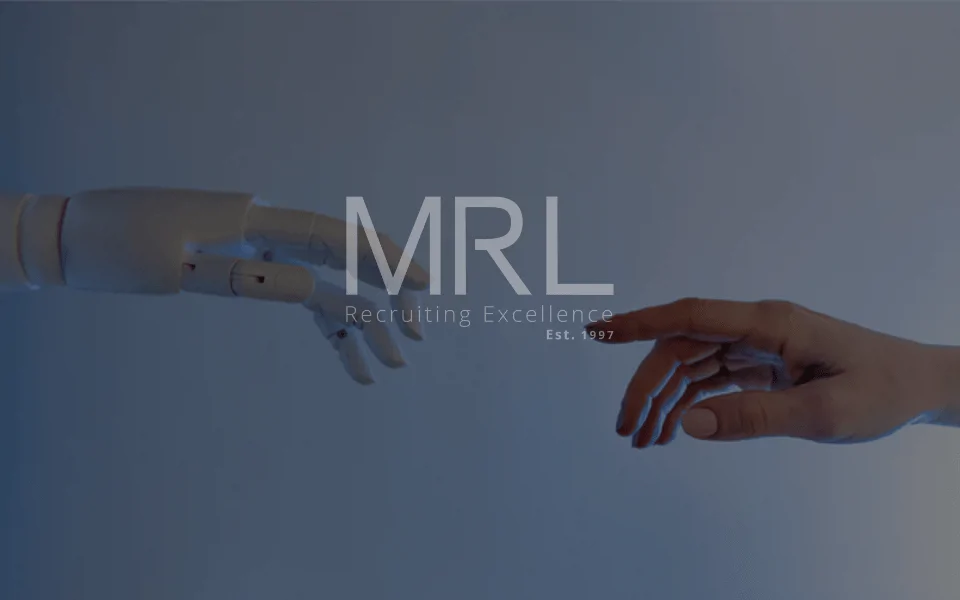The future of US technological innovation; Institutional, international and political collaboration
13 Dec, 20235 minutesAs another calendar year draws to a close, it’s important to remain optimistic when thinking...

As another calendar year draws to a close, it’s important to remain optimistic when thinking about the year to come. For many, if not most, the past 2 years have provided enough uncertainty to make a positive outlook for what 2024 may have in store seem a little farfetched. With that said, If we take a step back and look at, say, the past decade, there’s a lot to be proud of; we can see the trees from the forest. Let’s make sure this continues.
This sentiment is without a doubt true if you look at the semiconductor industry and all of the technological advances we’ve celebrated over the past few years as a direct result of the improvements made in the chips we now have available. Semiconductors lie, quite literally, at the heart of all technological milestones and innovations; ensuring the semiconductor industry as a whole is robust will be the key to ensuring we can continue to innovate at the rate we have.
Two of the biggest blockers we can see are the current and projected shortage of talent within the industry on a global basis, and the fact that, in 10-20 years, 30% of the current workforce will retire; a worrying compound effect to say the least. Roles in the semiconductor manufacturing field are forecast to jump from the 345,000 we have today to about 460,000 by 2030 according to the Semiconductor Industry Association (SIA). If we compare this to the number of people projected to graduate in a relevant field over the next 10 years, almost 6 out of 10 of these new jobs will go unfilled; that’s 69,000 vacancies by 2030. (We covered this in our article here: https://www.mrlcg.com/resources/blog/expansions--talent-shortages-and-an-ageing-workforce--semiconductor-news/)
If we look at where the most advanced semiconductor chips are produced (that have facilitated the innovation we’ve seen over the past 10 years), a staggering 92% of them are produced by one country (in fact, they’re produced by one company in that country, TSMC). Ensuring that the production of the most advanced semiconductors isn’t in the hands of just one company will be crucial to ensuring companies across the globe can continue to innovate freely. This will require an enormous amount of funding, R&D, and a combination of institutional, international, and political collaboration.
It was collaboration that made the American CHIPS Act possible, it made the European Chips Act possible, and it’s made an endless number of technological advancements possible. Purdue University is a perfect example of this, bringing experts from industry, academia, and government together under its “Centre for Secure Microelectronics Ecosystem” partnership to foster research and innovation across country lines.
Innovation is making the world a better place for everyone; it’s making our roads safer, our industries greener and more efficient, our medical devices more accurate, and our medicine more effective, and it’s creating hundreds of thousands of jobs around the world, allowing more people to put food on their families tables, and boosting economies to no end, which has an incredible knock-on effect to the standard of living on its own.
If you’re interested in collaborating with like-minded companies, or you’re trying to put your company ahead of the hiring curve, get in touch with us today: info@mrlcg.com





